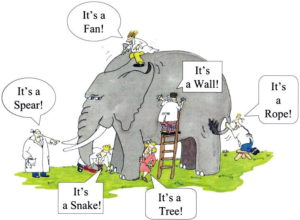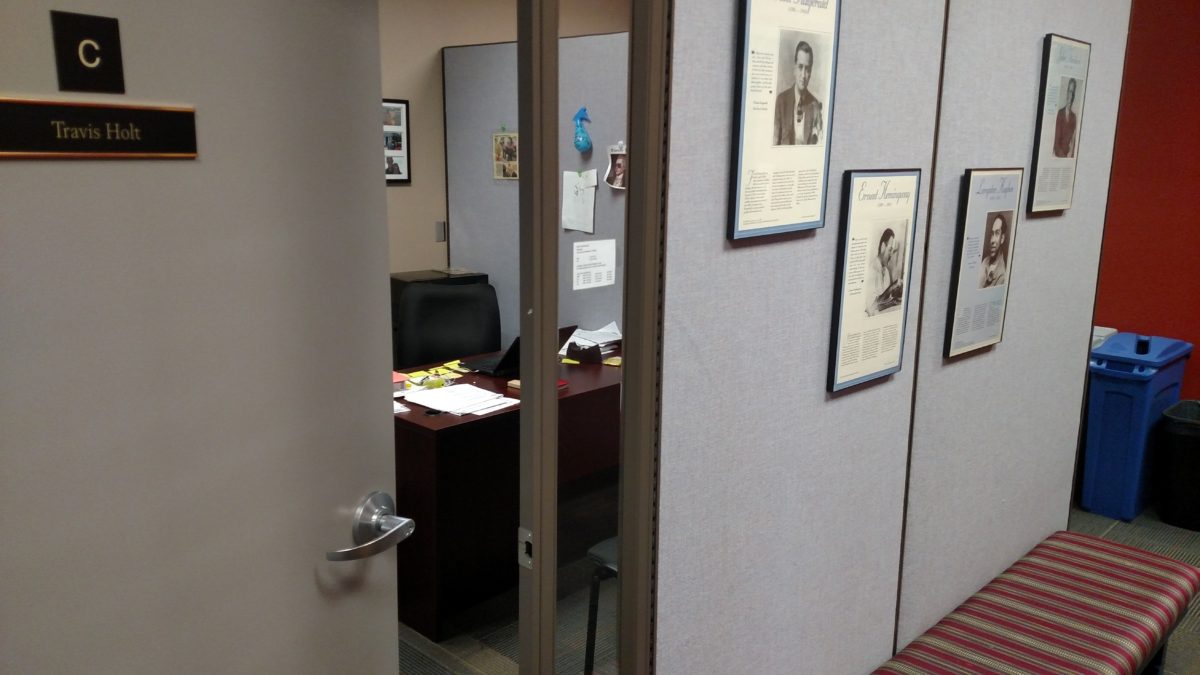While Kincheloe (2006) does not specifically focus on Basic Writing, Jonaitis (2012) does. Her article focused on the multiple views practitioners and scholars have had using computer-mediated technology (CMT) in the Basic Writing setting. She utilized Bruce Horner’s (1996) “Discoursing Basic Writing” as a frame for discussing the shifting perspectives on CMT that occurred over the past thirty years. Of Horner’s (1996) discourses, Jonaitis (2012) describes five stances: oppositional, skeptical, utilitarian, transformational, and transactional. The more negative of the stances, oppositional and skeptical, regarded CMT as more harmful than standard practices (oppositional) or too forced for use in the classroom as some regarded it as a significantly impressive tool (skeptical). In contrast, the rest are more positive views with the utilitarian stance on CMT as more of a means to fulfill student “needs,” the transformational as possibly altering student understanding of her own abilities, and transactional as the consistent reshaping of literacies as “social practices and technology” are connected. Jonaitis (2012) focused on the transactional view and how scholars must recognize the interconnectivity between technology and social practice: “Consideration of technology in the basic writing classroom, then, is not a luxury, but instead a crucial part of considering the constantly evolving literacy practices that are such a large part of basic writers’ lives” (p.51). CMT should not be viewed as an autonomous entity, isolated from student and teacher interaction with it.

Like Kincheloe (2006), Jonaitis (2012) follows more of a constructivist epistemology, one that highlights that knowledge exists in understanding how the different entities involved relate to and shape one another. My specific interest in this article is the focus on technology and student literacies. Jonaitis argued that we must “. . . consider the wealth of literacy practices that our basic writers bring to the classroom” (p.45). How might the literacies basic writers already possess transfer to the academic setting? How might our choice of CMT in the classroom affect whether those literacies transfer or not? How does the educational setting possibly mute those literacies though the CMT is the same? Any question of whether transfer occurs between social media communication and academic writing must include a thorough examination of the specific CMT, its political, social, and cultural implications as it connects to students in and out of the classroom. Additionally, what are the implications of this continuously evolving relationship for our pedagogies? Any choice made in the educational setting should not be perceived as creating a single effect, but it should be viewed as influencing any entity within that context.

We can study students, CMT, personal pedagogy, institutional setting, or any other component; however, viewing these as autonomous objects will also limit any results we may produce as both Kincheloe (2006) and Jonaitis (2012) suggested. And like Jonaitis (2012) noted, as technology continues to evolve and become more accessible, especially for children from lower-income families, we should question how this changes our pedagogical practices once that generation arrives at the university setting? A high number of basic writers come from lower-income families; however, increased digital literacies among this student population could alter how the sociocultural identity of basic writers is formed. We must move towards a more comprehensive understanding of basic writers amidst the technological advancements, so following a constructivist approach is most likely the best choice when examining transfer with basic writing and social media. This could change as my research interests mature, but I see a better understanding of basic writers outside of the formalist, simple reductionist points of view.
References
Jonaitis, L. (2012). Troubling Discourse: Basic Writing and Computer-Mediated Technologies. Journal of Basic Writing, 31(1), 36-58. Retrieved from http://www.jstor.org/stable/43741085
Kincheloe, J. (2011). A Critical Complex Epistemology of Practice. Counterpoints, 352, 219-230. Retrieved from http://www.jstor.org/stable/42980820
